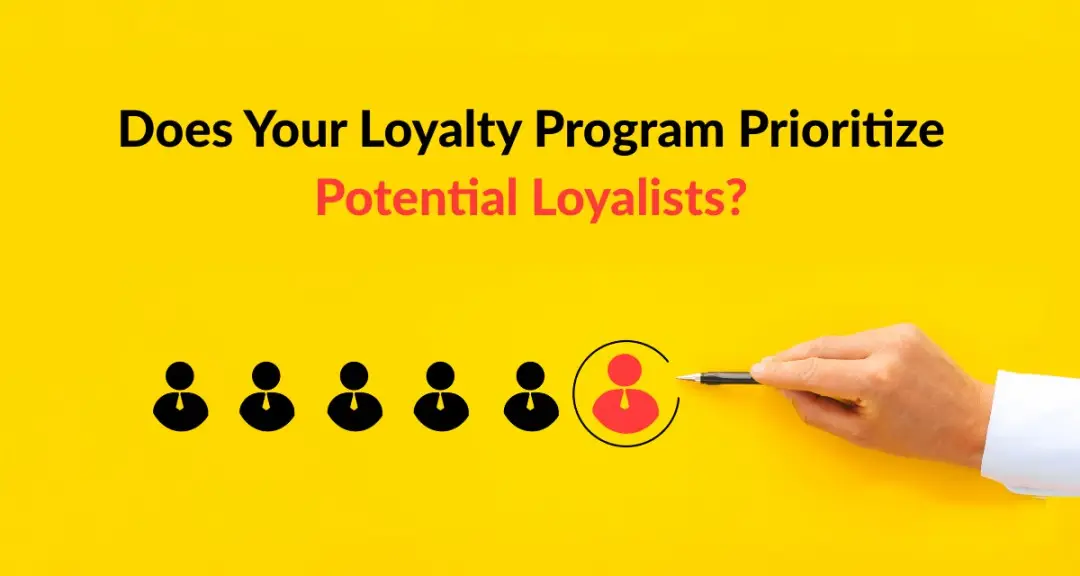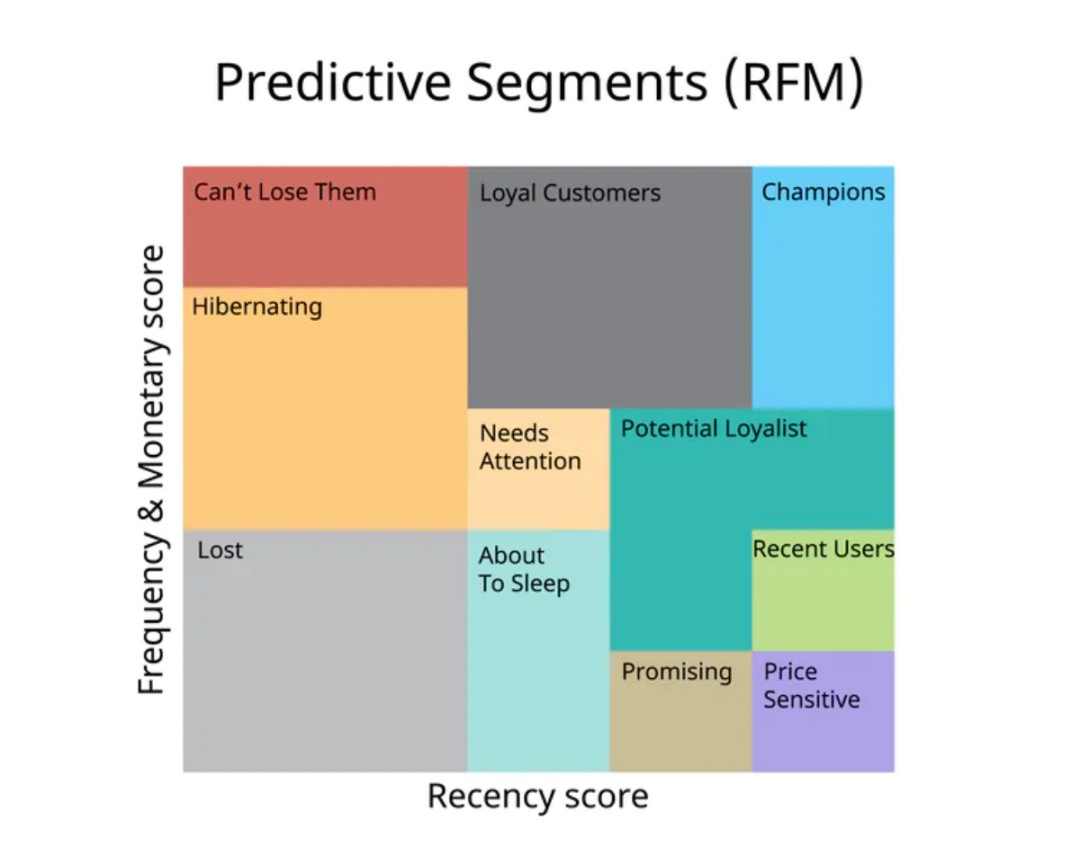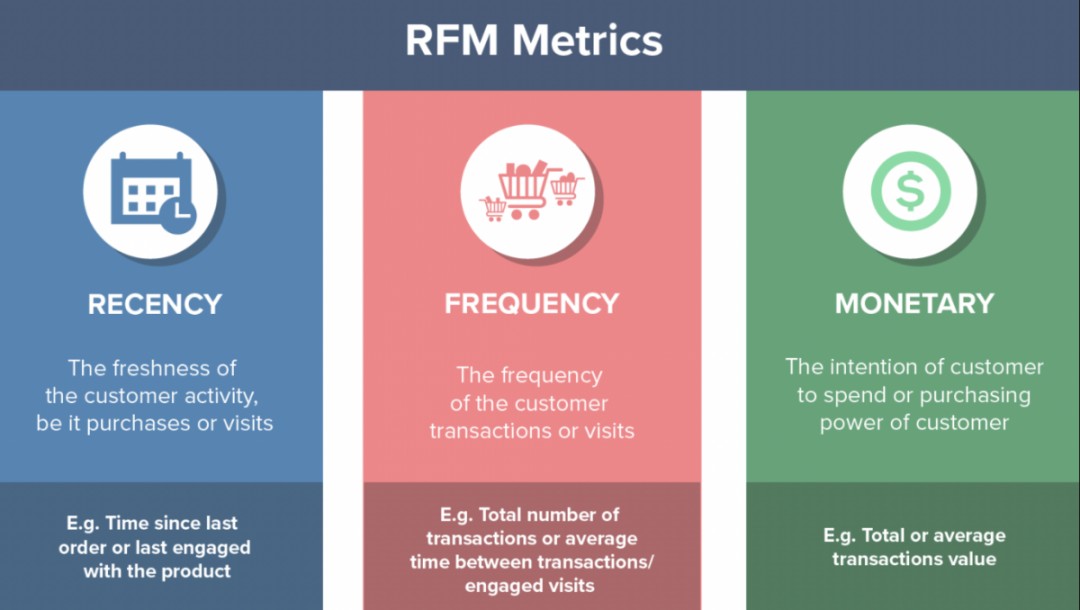Businesses are becoming increasingly aware of the importance of customer loyalty in ensuring long-term success in today’s intensely competitive industry. Customers who are most likely to participate in the program and stick with the business must be identified and given top priority to realize the full potential of loyalty programs.
In this post, we’ll examine the idea of prospective loyalists, look at what makes them unique, and emphasize how important it is to prioritize them in loyalty programs. Businesses may build deeper customer connections, encourage brand loyalty, and achieve sustainable development by customizing loyalty program efforts to the requirements of potential loyalists.
What are Potential Loyalists?
Potential Loyalists are customers who have made some purchases and are beginning to show loyalty to a brand. They are in a key phase where targeted engagement and positive experiences can cultivate their loyalty. Responsive to loyalty programs and incentives, they are a valuable group for businesses to focus on for retention and long-term loyalty building.
Simply put,
Potential Loyalists are customers who:
- Have made a few purchases.
- Show signs of developing loyalty to a brand or product.
- Require nurturing through engagement and positive experiences to become loyal customers.
- May respond well to loyalty programs or incentives.
- Represent a valuable segment for businesses to target for retention and loyalty-building efforts.
These clients show a higher level of dedication and devotion than sporadic patronage. Further analysis of several data points, such as purchase history, frequency of visits, and general interaction with the company, is necessary to identify prospective brand advocates.
Characteristics of Potential Loyalists
1. Transactional Behavior
Potential brand adherents commonly return to a specific brand for their requirements and typically display transactional behavior. They are likelier than occasional consumers to make repeat purchases and spend more money.
2. Engagement and Interactions
The second characteristic of the potential brand loyalist would be to interact with the company through various channels, such as social media, email marketing, and platforms for consumer reviews. They could offer insightful opinions and recommendations for enhancing goods or services.
3. Brand Advocacy
These customers actively spread the word about the brand across their social networks and have a deep emotional connection to it. They develop into brand promoters and spread the word about the company to others, which helps bring in more clients.
The Importance of Prioritizing Potential Loyalists
1. Improved Client Retention
Potential loyalists are customers who feel connected to the brand and are more likely to stick with them. By targeting these customers, brands have a higher chance of increasing brand loyalty and retention, leading to long-term loyalty and lower churn rates.
2. Increased Customer Lifetime Value
Unlike infrequent customers, potential loyalists have a more significant customer lifetime value (CLV). The CLV factor considers the overall income produced by a client throughout their engagement with the company. Businesses may enhance the economic effect of their loyalty programs and increase overall profitability by prioritizing prospective customers.
3. Word-of-Mouth Marketing
Potential customers significantly influence word-of-mouth marketing. Their genuine emotional attachment to the brand and their brand advocacy activity can amp up great brand experiences and draw in new clients. Hence within loyalty programs, giving prospective customers priority can assist in maximizing the impact of genuine brand promotion.
The RFM Segmentation Approach: Maximizing Potential Loyalists
There are several tools that brands can use to identify and target potential loyalists, such as predictive analysis, surveys and feedback mechanisms, and RFM Segmentation. Out of these, RFM segmentation is the most effective since it offers brands detailed data about customers, making it the top tool to pursue potential loyalists.
What is RFM Segmentation?
RFM refers to Recency, Frequency, and Monetary Value. RFM Segmentation is a a marketing analysis tool that categorizes customers based on three factors:
-
- Recency-R: Time since their most recent purchase.
- Frequency-F: Total number of purchases
- Monetary Value-M: Total money they spent
The RFM analysis model offers organizations a formal framework for identifying and pursuing potential loyal customers by awarding individuals ratings based on their behavior in these three areas.
How Can You Target Potential Loyalists Through RFM Segmentation?
A strategic framework that aids firms in segmenting their client bases based on RFM scores is the RFM model in CRM. Recency is the client’s most recent purchase, Frequency is the number of purchases made in a given time frame, and Monetary Value is the total amount of money the consumer spent.
By examining these three aspects, businesses may group consumers into categories depending on their potential for engagement and loyalty.
Maximizing Customer Insights Through RFM Segmentation Scoring
Customers are given numerical ratings for RFM segmentation based on their recentness, Frequency, and monetary worth. The scores are given depending on where they sit within each category for each dimension, often broken into segments or quartiles. Those customers who made a purchase lately, for instance, are given a better score, but those who purchased in the distant past are given a lesser score.
With the help of the RFM segmentation score system, organizations may learn a lot about consumer behavior and the likelihood of remaining loyal. Customers with high RFM ratings, referred to as “Champions,” are prospective loyalists who have lately made several large-ticket purchases. With the segmentation, you can give priority to these consumers in loyalty programs, and they should get special rewards and tailored messages. This will strengthen their allegiance and promote ongoing involvement.
How To Target Potential Loyalists Using Loyalty Programs?
1. Individualization and adaptation
Customize loyalty programs to each individual’s interests and demands to engage potential loyalists effectively. Giving incentives based on a customer’s past purchases, delivering individualized messages, and providing special perks that appeal to this market niche are all examples of personalization.
Example:
Starbucks loyalty program uses data analytics to understand its customers’ preferences. Then they design product recommendations and offers based on that to target potential loyalists.
2. Gamification and Experiential Rewards
To entice potential supporters, loyalty programs frequently use experiences and special offers. Challenges, milestones, and interactive features are examples of gamification components. These may be used in loyalty programs to increase engagement and establish an emotional bond with the company.
Example:
Nike uses effective gamification techniques in its loyalty program to engage potential loyalists. This encourages them to become a long-term part of the Nike community.
3. Tiered Programs and Exclusive Benefits
Businesses may reward prospective customers with increasingly significant advantages as they go through the program by implementing tier-based loyalty programs. By offering unique benefits like early access to new releases, tailored product suggestions, and VIP access to events loyalty programs can further encourage prospective customers to stay involved and devoted.
Example:
Sephora, a famous beauty retailer, targets potential loyalists through its Beauty Insider program. The program offers various tiers with increasing benefits, such as exclusive product launches, birthday gifts, and access to beauty classes. It actively promotes the program through its website, in-store signage, and personalized email campaigns to attract beauty enthusiasts and encourage their continued engagement.
Conclusion
Within loyalty programs, giving priority to potential loyalists may have a big influence on a company’s performance. Businesses may identify clients who are most likely to stick with them by using data analysis, segmentation, and predictive analytics. Customer engagement, happiness, and advocacy are improved when loyalty programs are tailored to match the requirements of prospective loyalists.




